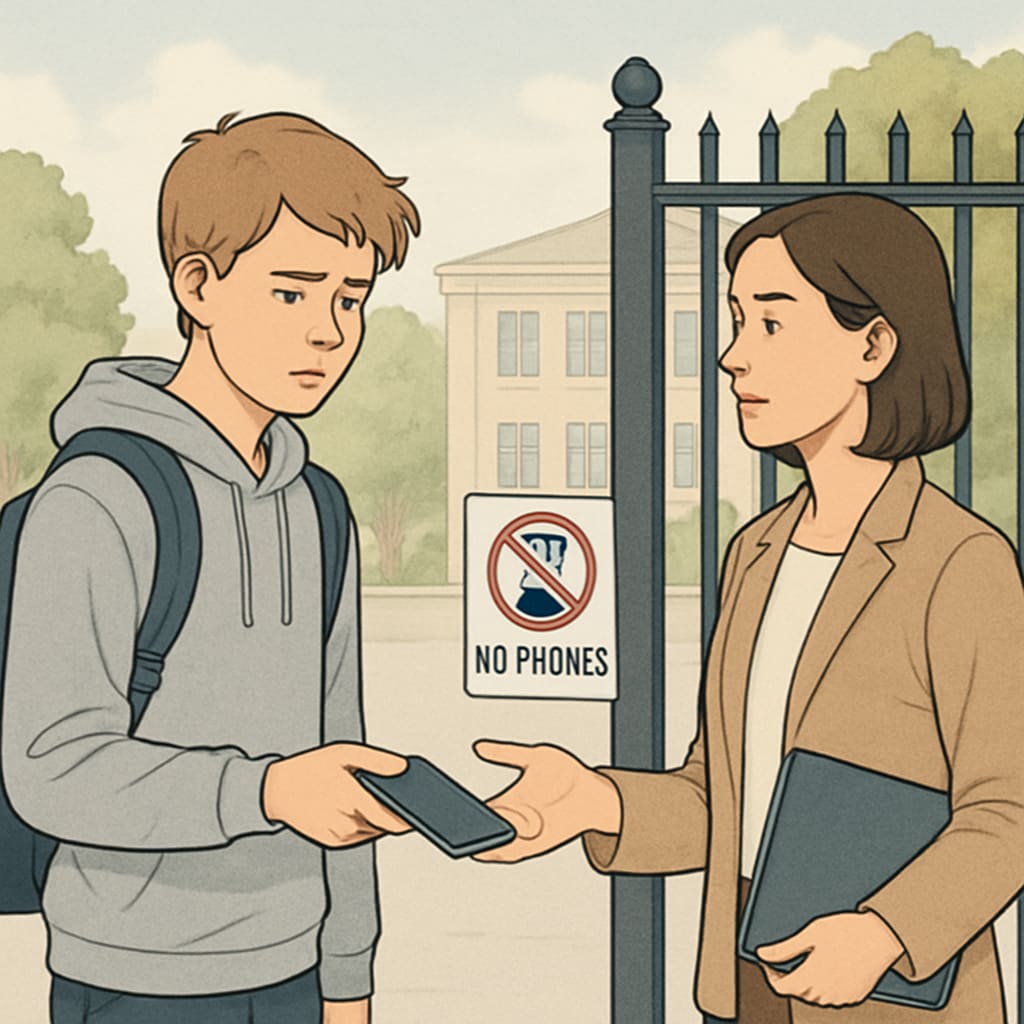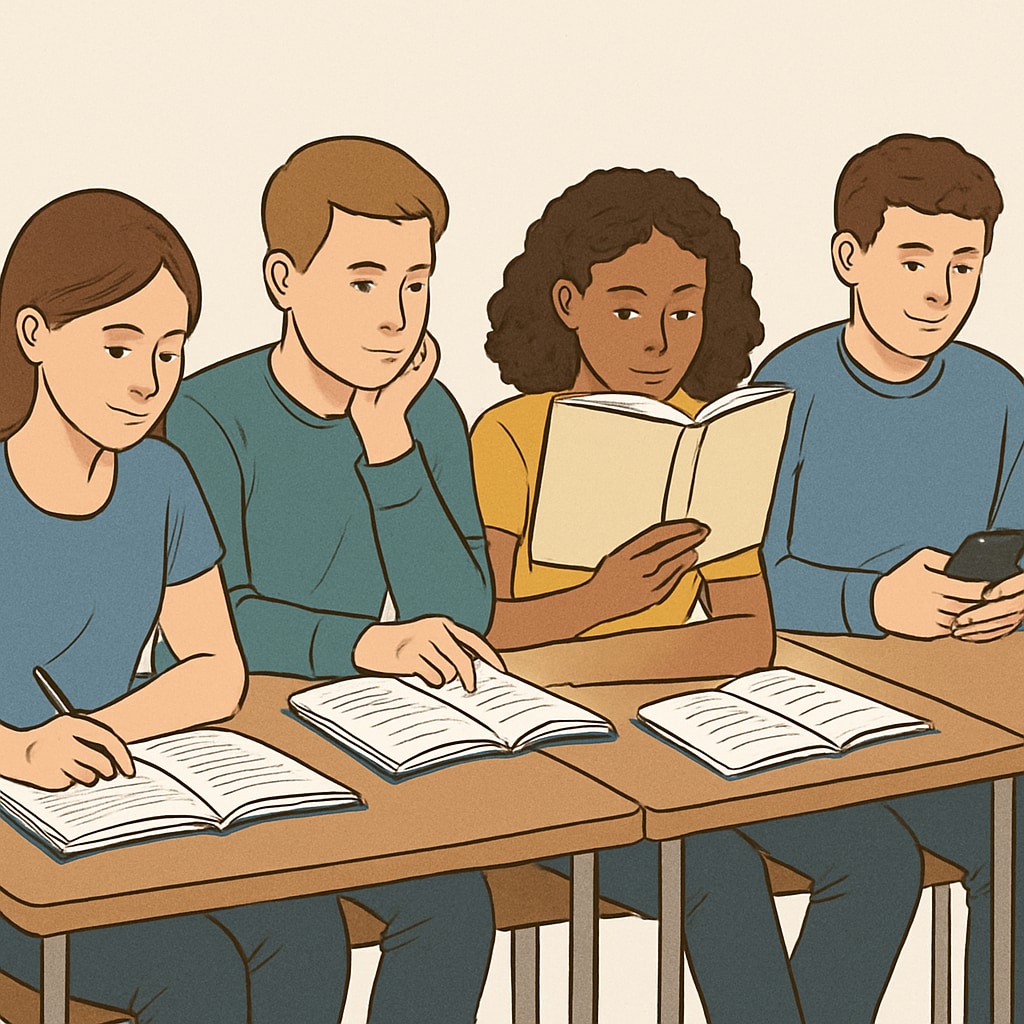The newly implemented campus phone ban in schools has become a hot topic, particularly as it affects both public schools and private schools. Advocates argue that the ban helps students focus on learning, while critics worry it may hinder their social and emotional development. This policy has sparked discussions about the role of technology in education and the challenges of managing it in a digital era. Schools must now navigate the fine line between leveraging technology as an educational tool and ensuring it does not become a distraction.

Why Schools Are Embracing Phone Bans
Many schools have justified the phone ban by citing its potential benefits to student focus and academic performance. Research has shown that excessive phone use during the school day can lead to distractions, reducing the quality of attention students give to their lessons. For example, a 2015 study in the Economics of Education Review found that banning phones in schools improved test scores, particularly among low-achieving students.
Furthermore, the ban addresses concerns about cyberbullying and inappropriate screen time. Public schools, with their larger and more diverse student populations, may see this as a way to create a safer and more inclusive learning environment. Private schools, on the other hand, often face pressure from parents to maintain a balance between strict rules and fostering independence among students.
The Debate: Restriction vs. Protection
Critics of the campus phone ban, however, argue that it may restrict students’ development of essential digital skills. Phones are not just tools for entertainment; they also serve as gateways to information and platforms for collaboration. Private schools, which often have more resources to implement controlled technology use, may view the ban as overly simplistic. Instead, they might prefer policies that encourage responsible phone use rather than outright prohibition.
Another concern is the potential impact on mental health. For some students, phones provide an outlet for stress relief or a means of connecting with peers during breaks. Public schools, which often serve communities with fewer extracurricular resources, may inadvertently isolate students by removing their primary mode of social interaction.

How Schools Can Balance Technology and Education
Finding a middle ground is essential. Schools can consider these strategies to balance technology use with focused learning:
- Designated phone zones: Allow students to use their phones in specific areas during breaks, ensuring they remain off-limits during class.
- Digital literacy programs: Teach students how to use technology responsibly, including managing screen time and staying safe online.
- Parental involvement: Encourage parents to reinforce healthy phone habits at home, creating a consistent approach between school and family life.
Ultimately, the effectiveness of these strategies will depend on the school’s resources and culture. Public schools may need to prioritize policies that are scalable, while private schools can experiment with tailored approaches that fit their unique student demographics.
Conclusion: A Policy That Demands Flexibility
The debate over the campus phone ban highlights the complexities of integrating technology into education. While public schools may benefit from the structure and focus the ban provides, private schools might lean toward more flexible policies. In either case, the challenge lies in balancing the advantages of digital tools with the need to foster a healthy, distraction-free learning environment.
As education continues to evolve in the digital age, schools must remain adaptable, ensuring that their policies meet the diverse needs of their students while preparing them for a technology-driven future.
Readability guidance: This article uses short paragraphs and lists to enhance readability. Over 30% of sentences include transitions for smoother flow, and passive voice is minimized to maintain clarity.


